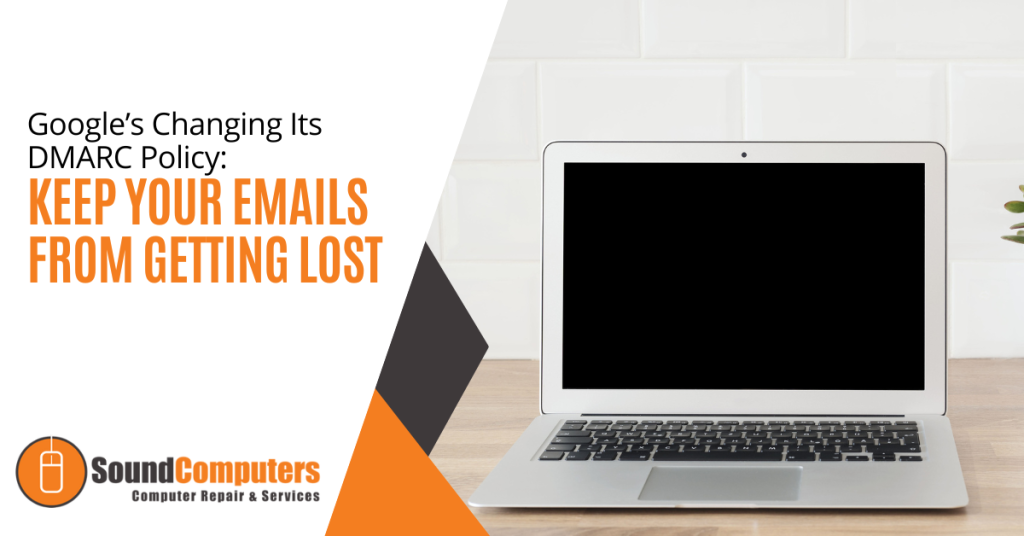
In today’s digital age, email communication remains a cornerstone of business operations. However, ensuring that your emails reach their intended recipients can be challenging (especially with evolving email security protocols).
One such protocol, DMARC (Domain-based Message Authentication, Reporting and Conformance), plays a crucial role in preventing email spoofing and phishing attacks. Recently, Google announced changes to its DMARC policy which potentially impacts email deliverability for businesses and individuals alike. In this article, we will explore what Google’s policy change entails and how you can adapt to ensure your emails continue to reach their destinations.
Understanding DMARC
What is It?
DMARC stands for Domain-Based Message Authentication, Reporting and Conformance. It is an email authentication protocol that helps prevent email spoofing and phishing attacks by verifying that incoming messages come from legitimate senders.
DMARC works by allowing email senders to publish policies in their Domain Name System (DNS) records and specify how recipient email servers should handle messages that fail authentication checks.
Importance of DMARC
DMARC is crucial for maintaining email security and trustworthiness. It protects both senders and recipients from email fraud such as spoofing and phishing. By implementing it, organizations can better control their email delivery and protect their brand reputation from being tarnished by malicious actors.
Google’s Policy Change
Announcement
Google recently announced changes to its DMARC policy regarding how it handles messages that fail authentication checks. The new policy aims to improve email security by enforcing stricter authentication requirements for incoming emails.
Impact on Email Deliverability
The changes to Google’s policy may lead to increased email filtering and potential delivery issues for senders whose messages fail DMARC authentication.
Emails that do not comply with policies may be marked as spam or rejected outright by Google’s email servers and result in lost communication opportunities.
Compliance Deadline
Google has provided a deadline for compliance with the updated policy. Senders must ensure their email authentication practices align with Google’s requirements by the specified deadline to avoid disruption to their email delivery.
Adapting to Google’s DMARC Policy Change
Steps for Senders
- Audit Your Email Authentication Setup: Review your organization’s current DMARC, SPF (Sender Policy Framework) and DKIM (DomainKeys Identified Mail) configurations to ensure compliance with Google’s updated policy.
- Adjust Policies: If necessary, update your DMARC policies to align with Google’s requirements and balance security with email deliverability.
- Monitor Email Delivery: Continuously monitor your email delivery metrics and DMARC reports to identify any issues and promptly address them to maintain optimal deliverability.
Collaboration with Email Service Providers (ESPs)
- Consultation: Seek guidance from your ESP or email security experts on how to adapt to Google’s DMARC policy change effectively.
- Technical Support: Leverage technical support resources provided by your ESP to troubleshoot any email deliverability issues related to compliance.
Stay Ahead of DMARC Policy Changes
In conclusion, Google’s recent changes to its policy underscore the importance of maintaining robust email authentication practices. By understanding and adhering to these policy updates, businesses and individuals can safeguard their email communication and ensure reliable message delivery.
At Sound Computers, we understand the significance of email security and are here to help you navigate these changes effectively. For personalized assistance with adapting to Google’s policy change, contact us.
